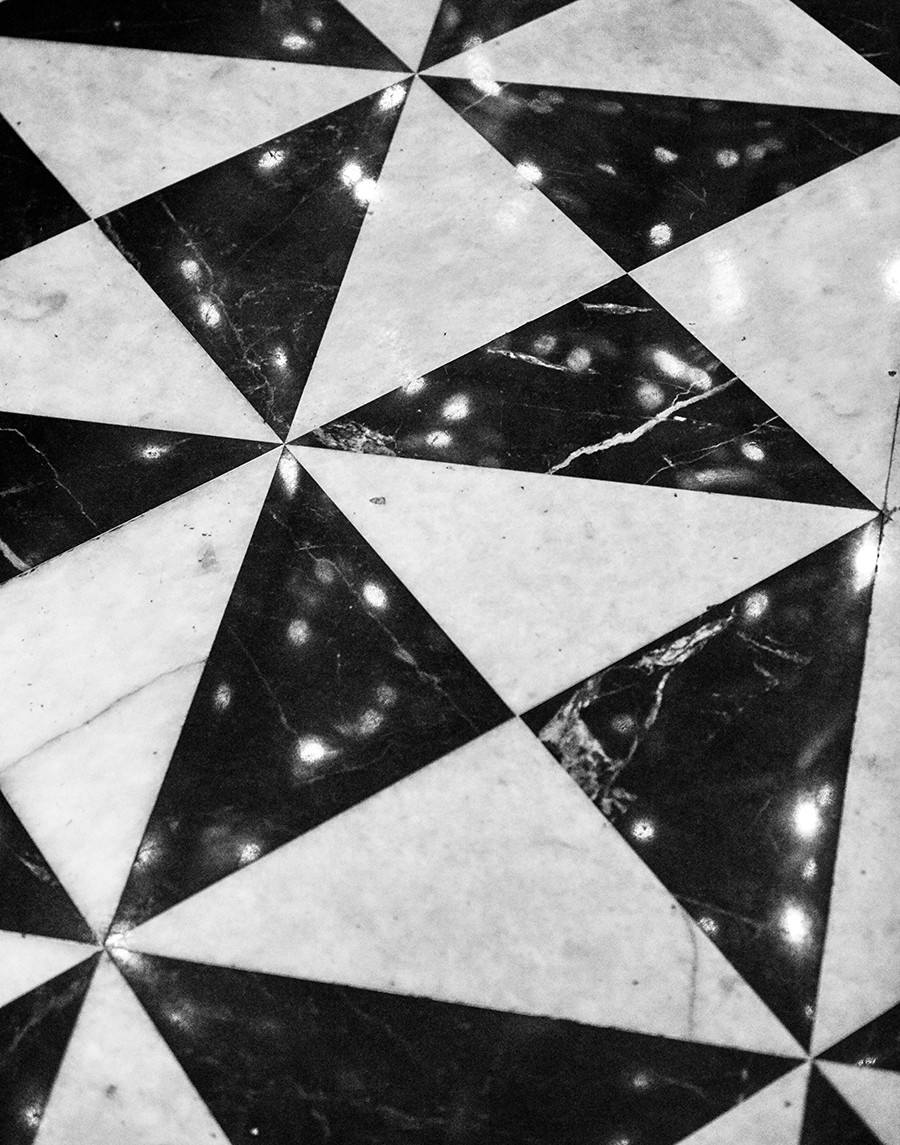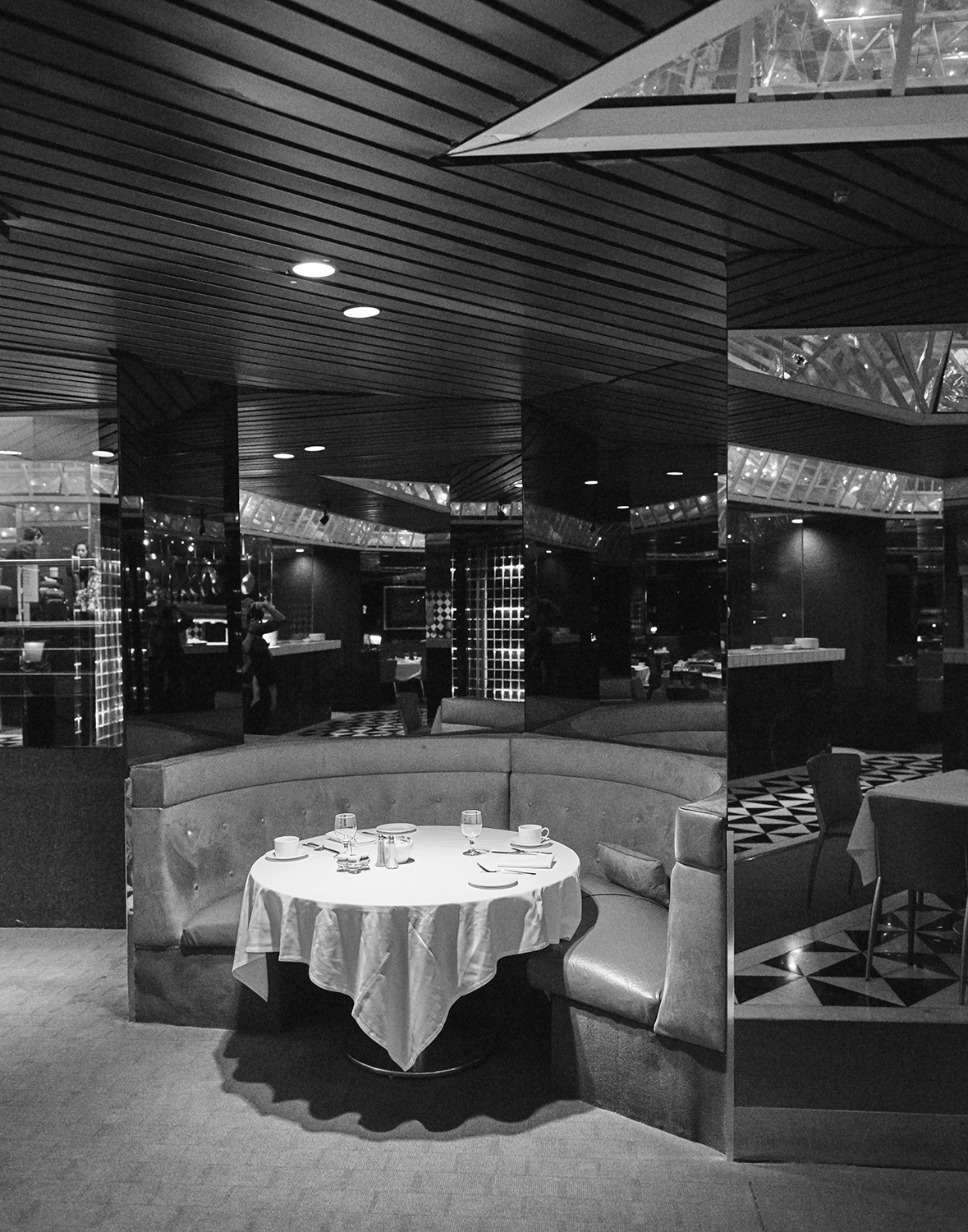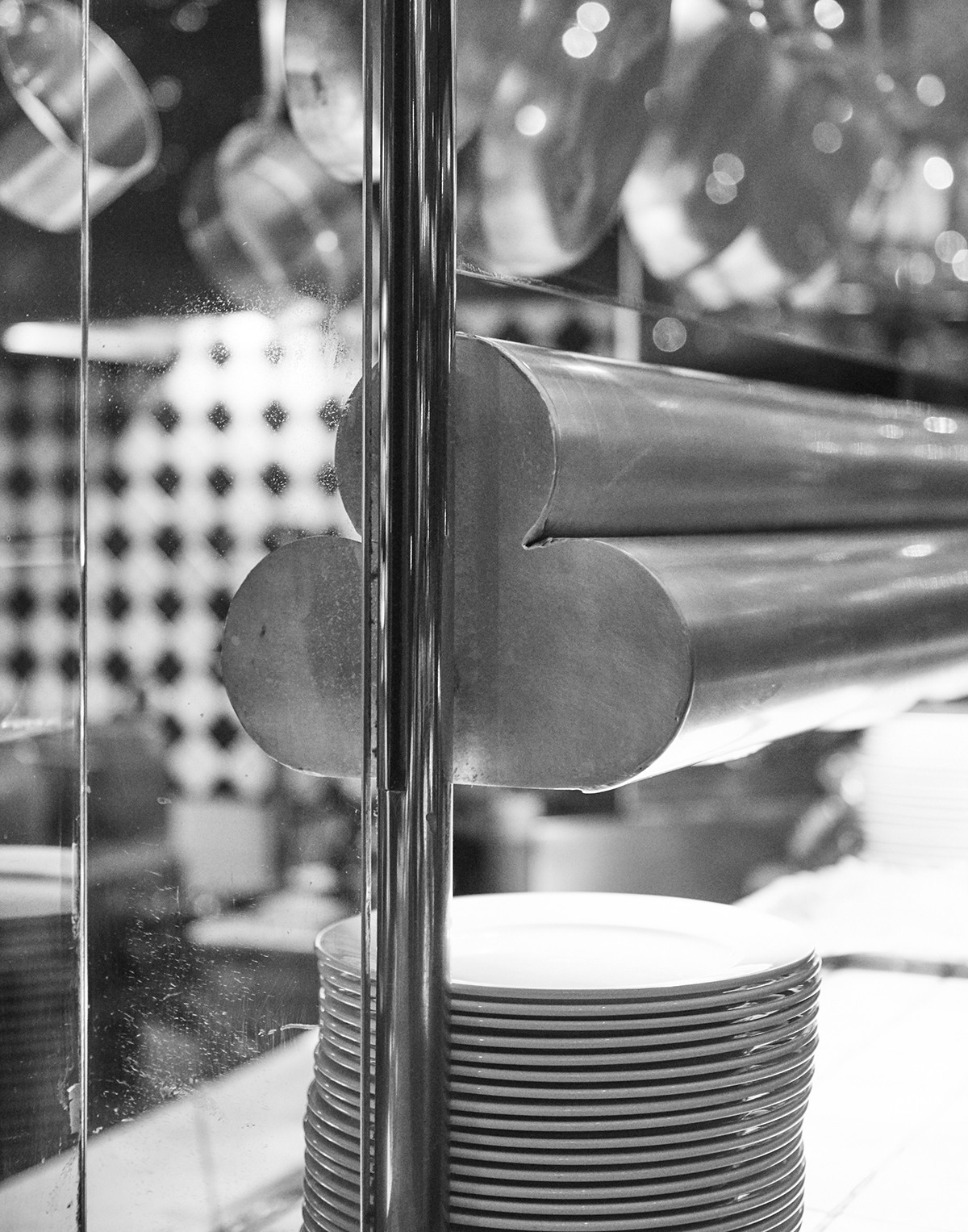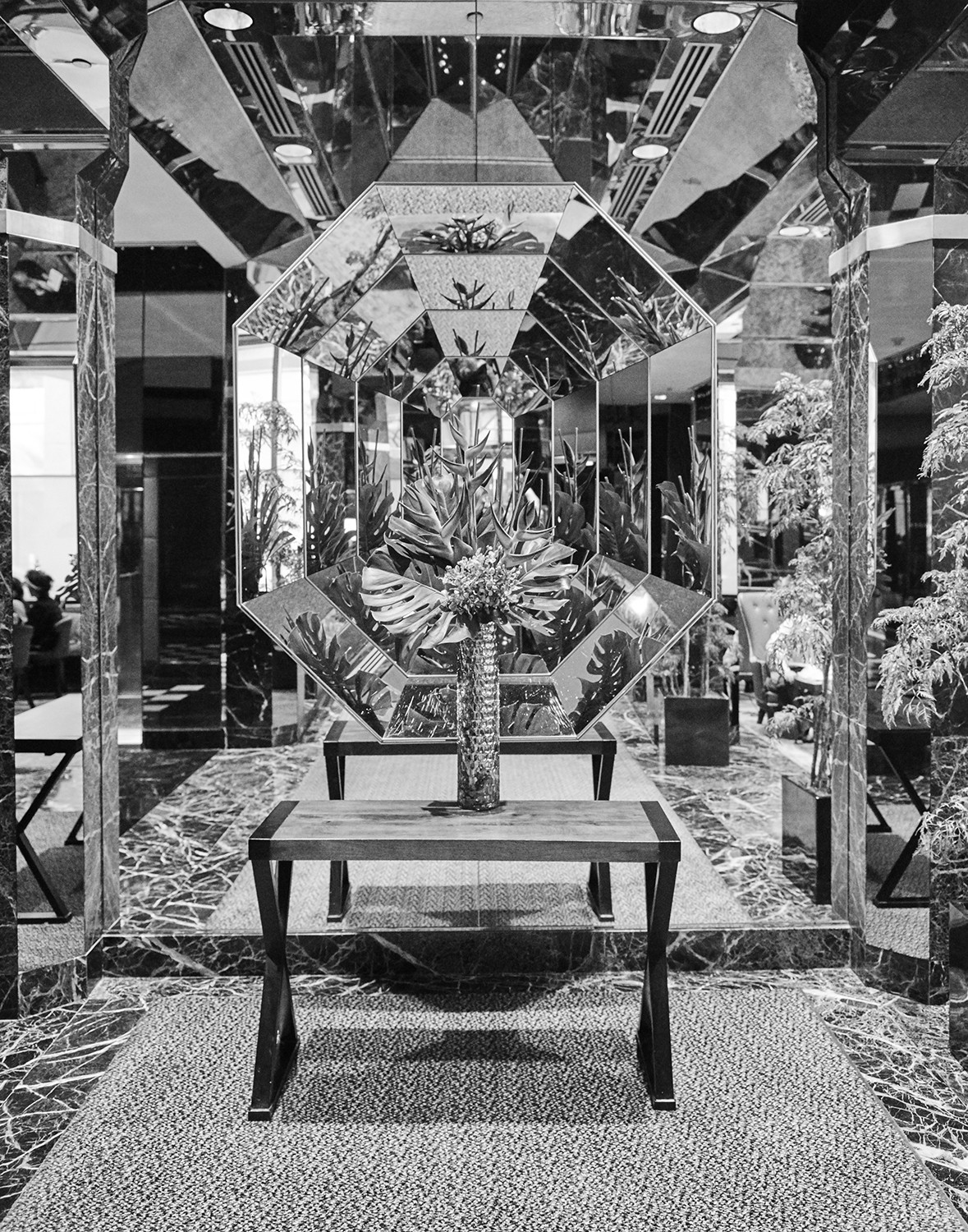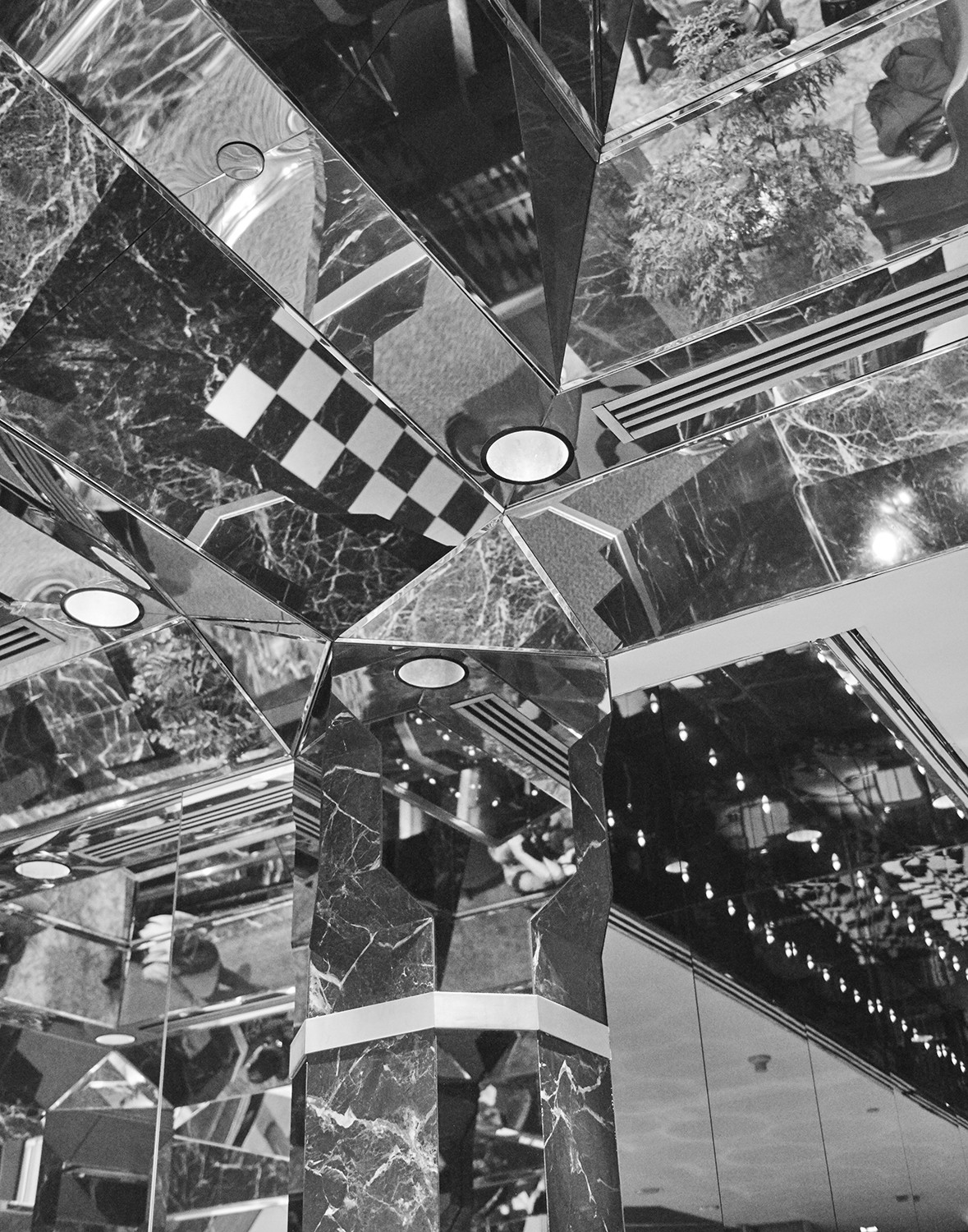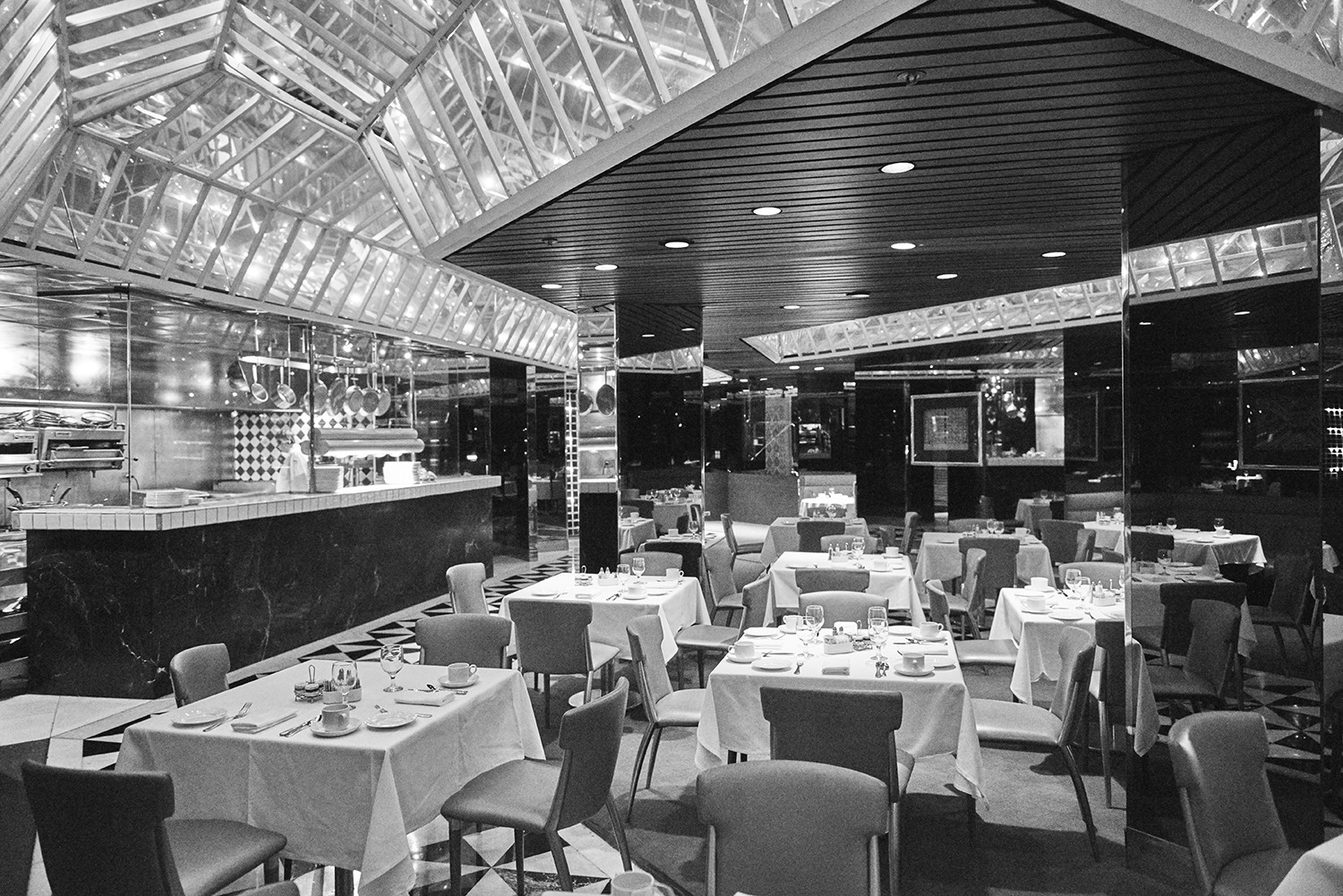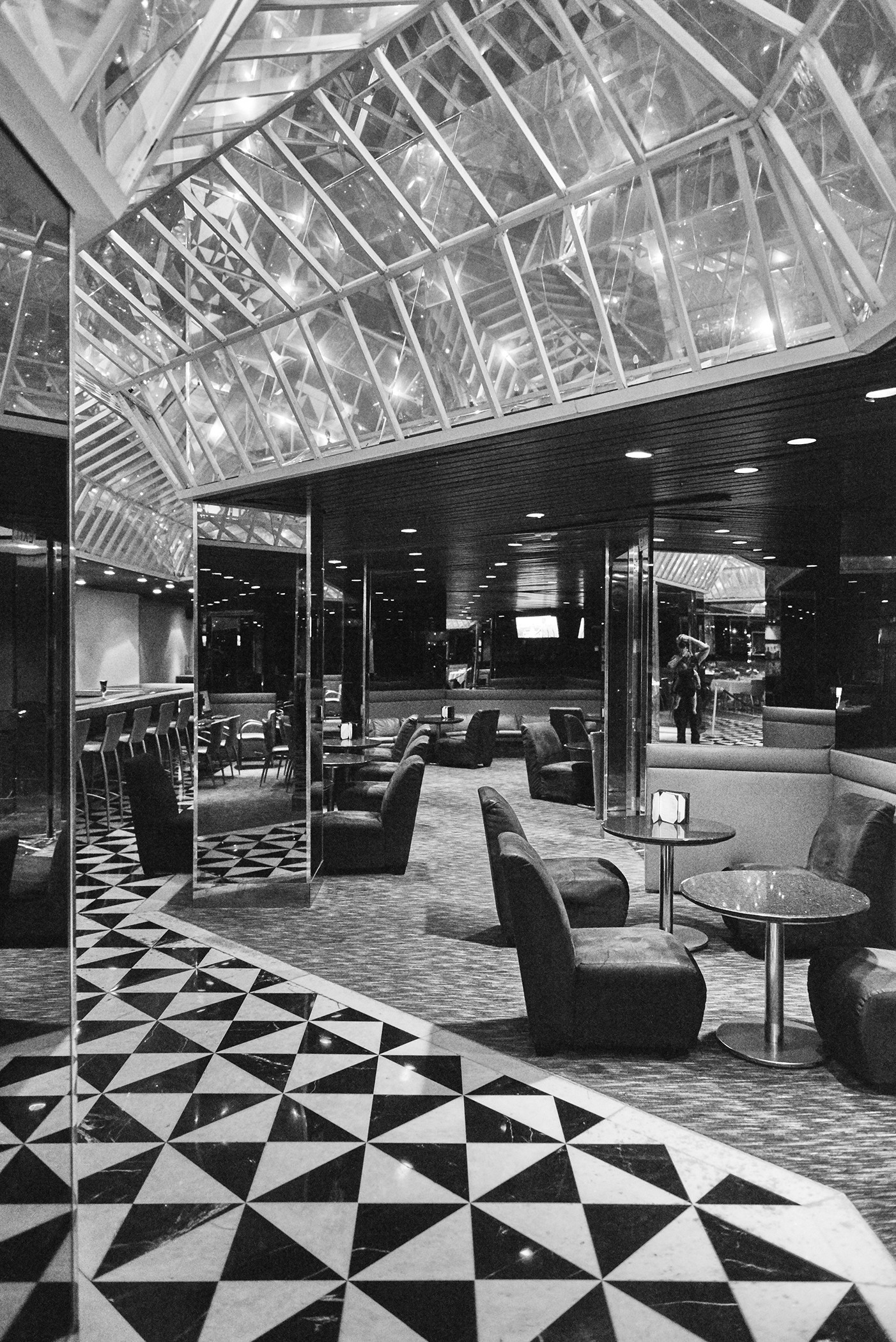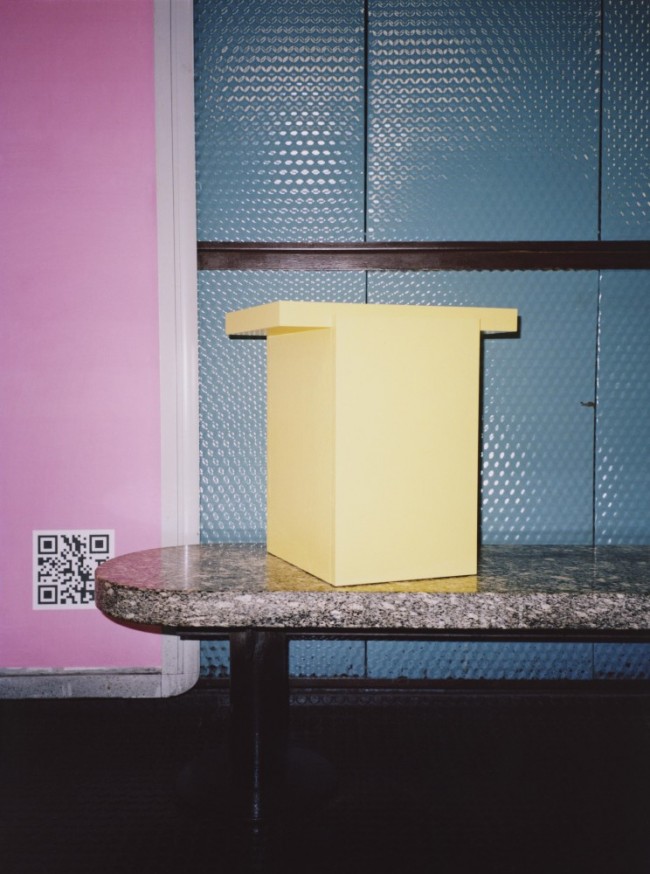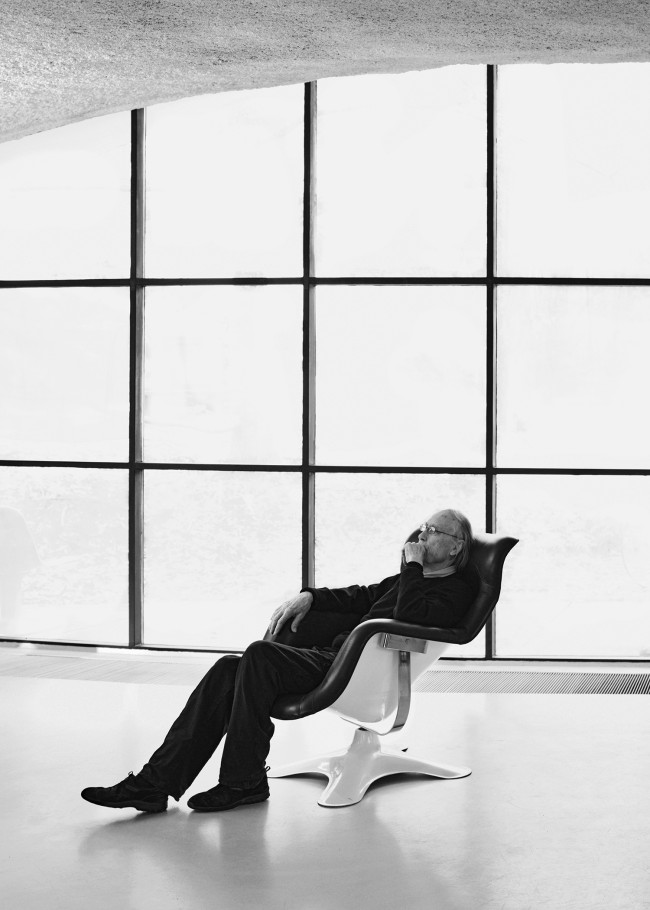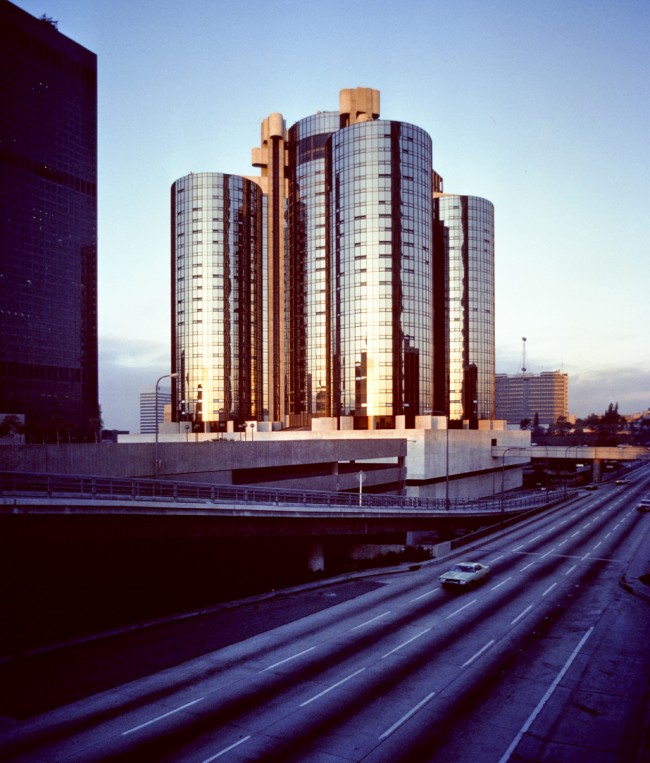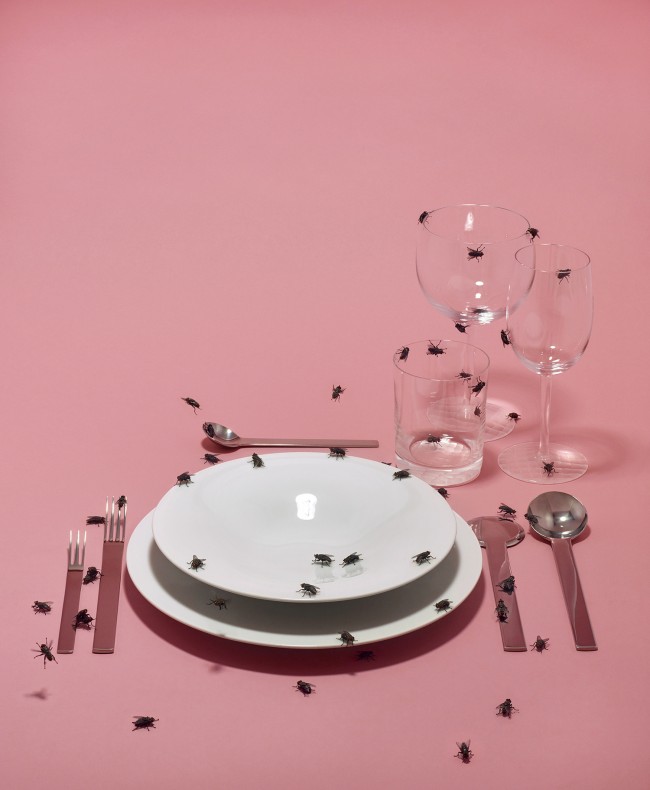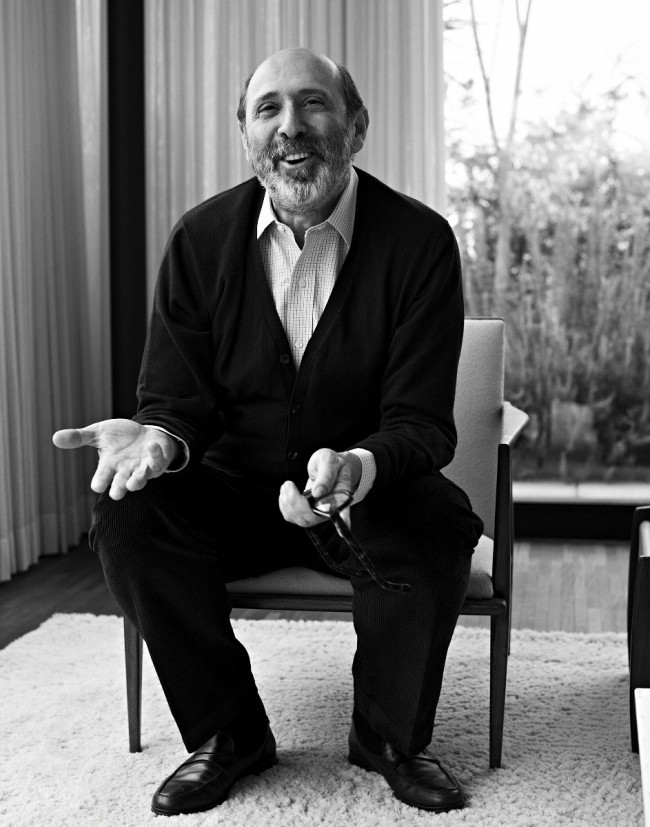AMBASSADOR GRILL: A LATE-MODERN GEM THREATENED BY RENOVATION
Perhaps it’s the Turtle Bay location. Or that nobody assumes a destination at a hotel and office complex intended for mostly foreign diplomats. But across the street from the United Nations headquarters in New York City one of the most intact if not jaw-droppingly stunning public spaces from the Late-Modern era has thereby existed this whole time, nearly untouched. Pritzker Prize-winning architects Kevin Roche and John Dinkeloo (Kevin Roche John Dinkeloo and Associates) designed the sculptural 40-story mirrored-glass double phase buildings of UN Plaza I (1969–76), and UN Plaza II (1979–83), whose faceted corners give the impression of jutting hips. But in an unusual move the architects themselves also designed and detailed most of the interior spaces. The result led the late architecture critic Ada Louise Huxtable to calling the interiors “among the handsomest in the city,” adding, “How do you design a good hotel? You don’t let a hotel corporation design it. There are a lot of other people you don’t let design it, either — like specialists in hotel design, famous-name interior decorators, corporate wives, and graduates of those hotel schools devoted to the propagation of plastic chic and computerized banality.”
One enters UN Plaza II through a lobby composed of kaleidoscopic glass octagons, mirrors, and green marble, albeit classically detailed and rigorously composed. Down a marble-clad ramp, at the end of a corridor lies the truly modern, boldly sophisticated Ambassador Grill and Lounge — a space so proto-80s, it seems impossible to believe it was designed in the early 1970s. Tucked away in an unevenly laid out, window-less basement space, the restaurant and bar features red leather and velvet-wrapped banquettes, neon-lit wine racks, white-tiled bar counters, and its centerpiece, a low-hanging faux-skylight made of angled, stretched mylar panels. In 1985, nearly ten years after its opening, New York Times architecture critic Paul Goldberger still described the Ambassador Grill as “the best example in our time, the best case of a bar that is wonderful as a work of design but still manages to give off all of the naturally comfortable and embracing aura of a great, classic drinking place (…) perhaps the most sensuous piece of modern design in a public place in New York since the Four Seasons restaurant was finished in 1958.” It is said that the dining area’s dramatic inset ceiling lights also served as a primary inspiration to Rem Koolhaas for the exterior of his 2004 Seattle Central Library.
The London-based Millennium & Copthorne Hotels group recently rebranded UN Plaza — which interestingly until the mid-1990s used to be owned by the City of New York — as One UN New York. The critical praise long forgotten, the company has imminent plans to thoroughly gut and renovate all of its public spaces, including the Ambassador Grill, which their Paris-based design consultant Grace Leo has referred to as “just darn tired.” Ms. Huxtable’s thoughts sure seem relevant now. Last week, Curbed reported that a group of advocates filed an urgent Request for Evaluation with the Landmarks Preservation Commission because the windows of the Ambassador Grill were recently papered over and that, according to Docomomo US, some “exploratory demolition has taken place — illegally.” The imminent demolition of the space has galvanized the architectural community and Curbed has begun publishing statements of support from architects and critics such as Felix Burrichter (PIN–UP Magazine), Robert Stern (Robert A.M. Stern Architects), and César Pelli (Pelli Clarke Pelli Architects).
Millennium is justified, of course, in giving the hotel a facelift. The Ambassador Grill hasn’t served lunch or dinner in over eight years, and even Kevin Roche, now 92, is philosophical about the renovation plan, conceding that 40 years is a long time for a modern building to remain relevant. But if tired is one thing, then might the hotel’s current owner see restoration for the reawakening that it is? For New York design history and ideally their business, Millennium would be well advised in choosing to retain and market their distinctive, multifaceted gem.
Taken from PIN–UP 19, Fall Winter 2015/16.
Photography by Adrian Gaut.

